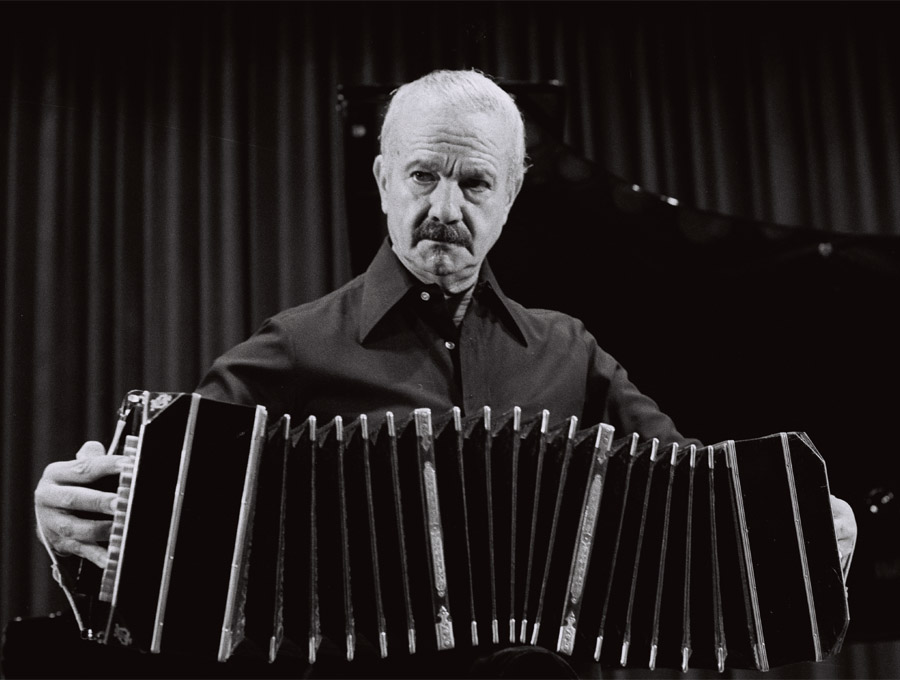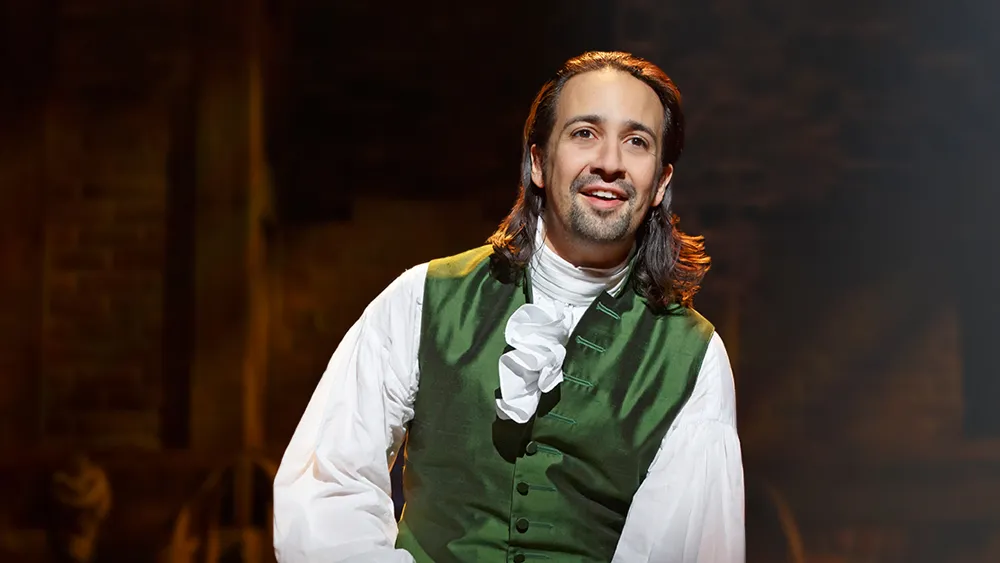Hispanic Heritage Month, celebrated annually from September 15 to October 15, honors the histories, cultures, and contributions of individuals from Spain, Mexico, the Caribbean, and Central and South America. As music students and educators, we can celebrate this heritage by exploring the diverse and captivating works of Hispanic composers.
Did you know? September 15 is the independence day for Costa Rica, El Salvador, Guatemala, Honduras, and Nicaragua. Mexico and Chile celebrate their independence days on September 16 and September 18, respectively.
The classical music canon has often overlooked the works of many Hispanic composers. By delving into their compositions, we gain a deeper understanding of their unique perspectives, cultural influences, and profound impact on the musical landscape. Below are some resources to help you celebrate Hispanic Heritage Month and explore the music of Hispanic composers.
Add Something New To Your Repertoire
- The Library of Congress holds a vast collection of Hispanic and Latin American musical materials, including scores, recordings, and historical documents.
- Indiana University’s Jacobs School of Music is home to the Latin American Music Center, which promotes Latin American music and culture, providing resources and educational programs.
- Pianists can use a variety of identifiers in the keyword search to find music by composers from underrepresented communities in A Seat At the Piano’s database.

Discover Works by Hispanic Composers
 Teresa Carreño (1853-1917) was a renowned Venezuelan pianist and composer. She gained international acclaim for her virtuosity and became one of the first female composers to achieve recognition in the classical music world, often referred to as the “Valkyrie of the piano.” Carreño’s compositions often showcased her Latin American heritage, incorporating elements of folk music into her works.
Teresa Carreño (1853-1917) was a renowned Venezuelan pianist and composer. She gained international acclaim for her virtuosity and became one of the first female composers to achieve recognition in the classical music world, often referred to as the “Valkyrie of the piano.” Carreño’s compositions often showcased her Latin American heritage, incorporating elements of folk music into her works.
Manuel de Falla (1876-1946) was a Spanish composer known for his innovative use of flamenco rhythms and folk melodies. He is considered one of the most influential figures in 20th-century Spanish music. His works, such as El amor brujo and La vida breve, are celebrated for their rich harmonies, colorful orchestration, and evocative melodies.
María Grever (1885-1951) was a Mexican American composer and singer known for her popular boleros, a Latin music genre that originated in eastern Cuba. Her best-known song, “What a Difference a Day Makes,” achieved international recognition. Originally titled “Cuando vuelva a tu lado,” the English rendition was popularized by Dinah Washington. Grever’s music blended elements of Mexican and Cuban musical traditions with a sophisticated classical style.
Silvestre Revueltas (1899-1940) was a Mexican composer who experimented with unconventional harmonies and rhythms. He is considered one of the most innovative figures in Mexican music. Revueltas’s music often incorporated elements of Mexican indigenous music and jazz, creating a unique style known for colorful orchestration and distinctive use of rhythm. These distinctive stylistic features can be heard in Sensemayá, one of his most famous pieces.
 Alberto Ginastera (1916-1983) was an Argentine composer and is considered one of the most influential figures in Latin American classical music. His music is characterized by its rhythmic complexity, harmonic experimentation, and use of elements from Argentine folk music. Ginastera’s works such as Estancia, an orchestral suite and one-act ballet, and Concerto for Piano and Orchestra, are celebrated for their powerful and expressive style. His chamber opera Bomarzo established him as a leader of 20th century opera composers.
Alberto Ginastera (1916-1983) was an Argentine composer and is considered one of the most influential figures in Latin American classical music. His music is characterized by its rhythmic complexity, harmonic experimentation, and use of elements from Argentine folk music. Ginastera’s works such as Estancia, an orchestral suite and one-act ballet, and Concerto for Piano and Orchestra, are celebrated for their powerful and expressive style. His chamber opera Bomarzo established him as a leader of 20th century opera composers.
Roque Cordero (1917-2008) was a Panamanian composer known for his contributions to the development of classical music in Latin America. At only 21 years old, he founded the National Orchestra of Panama. His music often incorporated elements of Panamanian folk music and rhythms, creating a unique and distinctive style. Cordero’s works include symphonies, concertos, and chamber music.
Astor Piazzolla (1921-1992) was an Argentine composer and bandoneonist who revolutionized the tango genre. He is considered one of the most influential figures in tango music. Piazzolla’s music blended classical, jazz, and traditional tango elements, creating a new and innovative style. His compositions, such as Libertango and Oblivion, are celebrated for their passion, intensity, and rhythmic complexity.

Tania León (b. 1943) is a Cuban American educator, conductor, and composer whose music is influenced by Afro-Cuban rhythms and classical traditions. A founding member and first Music Director of the Dance Theatre of Harlem, León also instituted the Brooklyn Philharmonic Community Concert Series and co-founded the American Composers Orchestra’s Sonidos de las Américas Festivals. She is known for her innovative and expressive style, often incorporating Cuban, jazz, and classical music elements. Léon’s works include symphonies, concertos, and chamber music, and she has received numerous commissions for her contributions to music. In 2021, she was awarded the Pulitzer Prize in Music for her piece Stride, and was an honoree at the 45th Kennedy Center Honors.
Gabriela Lena Frank (b. 1972) is a Peruvian American pianist and composer known for her innovative and expressive music. Born in Berkeley, California, to a Peruvian mother and a Lithuanian-Jewish father, Frank’s music often reflects her multicultural heritage. Her compositions blend elements of Latin American folk music, jazz, and classical traditions, creating a unique and captivating sound. Frank has received numerous awards and commissions for her work, including a Latin Grammy Award and a Guggenheim Fellowship. She founded the Gabriela Lena Frank Creative Academy of Music, a training institution for emerging composers from diverse backgrounds. Her music is celebrated for its rhythmic complexity, harmonic richness, and emotional depth. In 2017, she was included in a Washington Post list of the most significant women composers in history.

Lin-Manuel Miranda (b. 1980) is a Puerto Rican American composer, lyricist, and actor known for his work in musical theatre. He is best known for creating the hit Broadway musicals In the Heights and Hamilton, as well as original songs for Walt Disney Animation Studios’ Moana and Encanto. Miranda has received many accolades for his work and is a Grammy, Tony, Emmy, and Pulitzer Prize award winner. His music is characterized by its catchy melodies, clever lyrics, and fusion of hip-hop, R&B, and traditional musical theatre styles.
Mari Esabel Valverde (b. 1987) is a transgender Mexican American composer and vocalist. She has composed art songs, chamber music, and works for chorus, orchestra, and wind ensemble. Known best for her ethereal choral works, Valverde’s music often explores themes of identity, spirituality, and social justice. Following six years as a high school classical voice instructor, she spent two years specializing in transgender voice training. Valverde has received numerous commissions for her compositions, including from the American Choral Directors Association, Boston Choral Ensemble, the Gay and Lesbian Association of Choruses, Los Angeles Master Chorale, and One Voice Mixed Chorus. Her music is celebrated for its beauty, emotional depth, and innovative approach to choral writing.
By exploring the music of Hispanic composers, we can broaden our understanding of the rich tapestry of classical music and appreciate the diverse contributions of artists from different cultural backgrounds. Let’s celebrate Hispanic Heritage Month by discovering and sharing the beautiful and inspiring works of these talented composers.

Find Programs Supporting Hispanic Musicians
- The Sphinx Organization offers a variety of programs supporting young Black and Latino musicians, including competitions, fellowships, and educational initiatives.
- The Washington Musical Pathways Initiative is a talent development program for DC-local student musicians who identify as Black, Indigenous, and/or People of Color and want to pursue advanced study in music.
Learn More About Hispanic Heritage Month
- The Smithsonian’s National Museum of the American Latino provides an overview of Hispanic Heritage Month and many resources to learn more about Latin American culture.
- The US’s official website for Hispanic Heritage Month brings together information on events and resources from the Library of Congress, the National Endowment for the Humanities, the National Gallery of Art, the National Park Service, the Smithsonian Institution, the United States Holocaust Memorial Museum, and the US National Archives and Records Administration.
- The Kennedy Center provides many education resources to learn more about the music and arts of Latin America.
Community and Accessibility at Levine
Since our founding in 1976, Levine Music has been committed to cultivating an inclusive and supportive community that educates, inspires, and provides opportunities for all students, families, faculty, and staff. The art form of music has developed throughout the course of human history, serving a variety of sacred and secular functions in the history of nearly every culture across the globe. In our study of musical traditions past and present, we come across examples of historical figures, events, and ideologies that contradict our values. In our role as music educators, Levine not only provides context for these examples but also provides opportunities to expand our repertoire to include works, genres, artists, and cultures historically excluded from the canon.
Levine’s Community and Accessibility Working Group meets regularly to ensure we embody these ideals by monitoring our work, creating best practices, and encouraging transparency in the continual integration of Levine’s core values throughout our campuses and programs.
Learn more about Levine’s commitment to Community and Accessibility and our Community and Accessibility Working Group and its initiatives.
